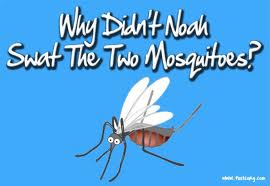Some of the animal in this world are simply amazing. Perhaps some of the most amazing animals are insects. From the mosquito being the world’s most deadly animal to the male emperor moth being able to smell its mate up to 11 kilometres away. They have probably the greatest ability of all the different kinds of animals to adapt and survive changes in the environment. They number over 1 billion to every one of us.
One of the most spectacular feats in the animal kingdom would be that of the woolly bear caterpillar. Not only can the woolly bear caterpillar live for an amazing 14 years, but it can be frozen solid.
The woolly bear caterpillar lives in many cold areas, including the frozen Arctic region. When the woolly bear caterpillar emerges from its egg in autumn it begins feeding on vegetation, just like caterpillars in more temperate regions, but due to the short summer months in its region it will only feed for a short period of time before winter returns. For the woolly bear caterpillar to metamorphosize into the Isabella Tiger Moth they must feed over many years, sometimes up to 14 years. They achieve this by freezing themselves solid over winter.
How does the woolly bear caterpillar survive being frozen solid?
When the winter returns the woolly bear caterpillar will freeze solid. First its heart will completely stop beating, then its gut will also freeze followed by its blood. Once those have frozen the remainder of its body will freeze. It survives the freezing by producing a cryoprotectant in its tissues. As some winters in the Arctic can last 11 months, it will thaw and eat for only one month before being frozen again. Some of them have been known to survive as many as 14 winters.
When it is time for the woolly bear moth to metamorphosize into the Tiger Moth, it will emerge in spring and has only a few days to find a mate before it dies.








